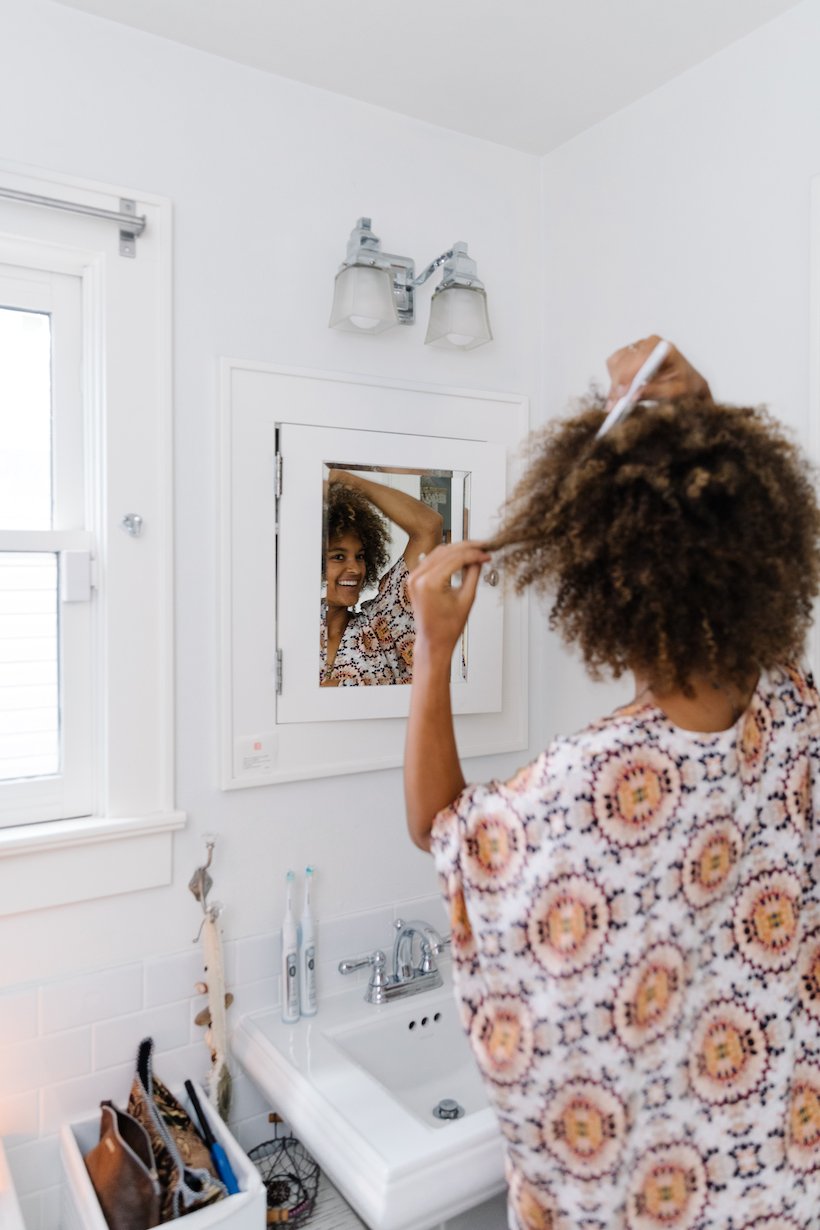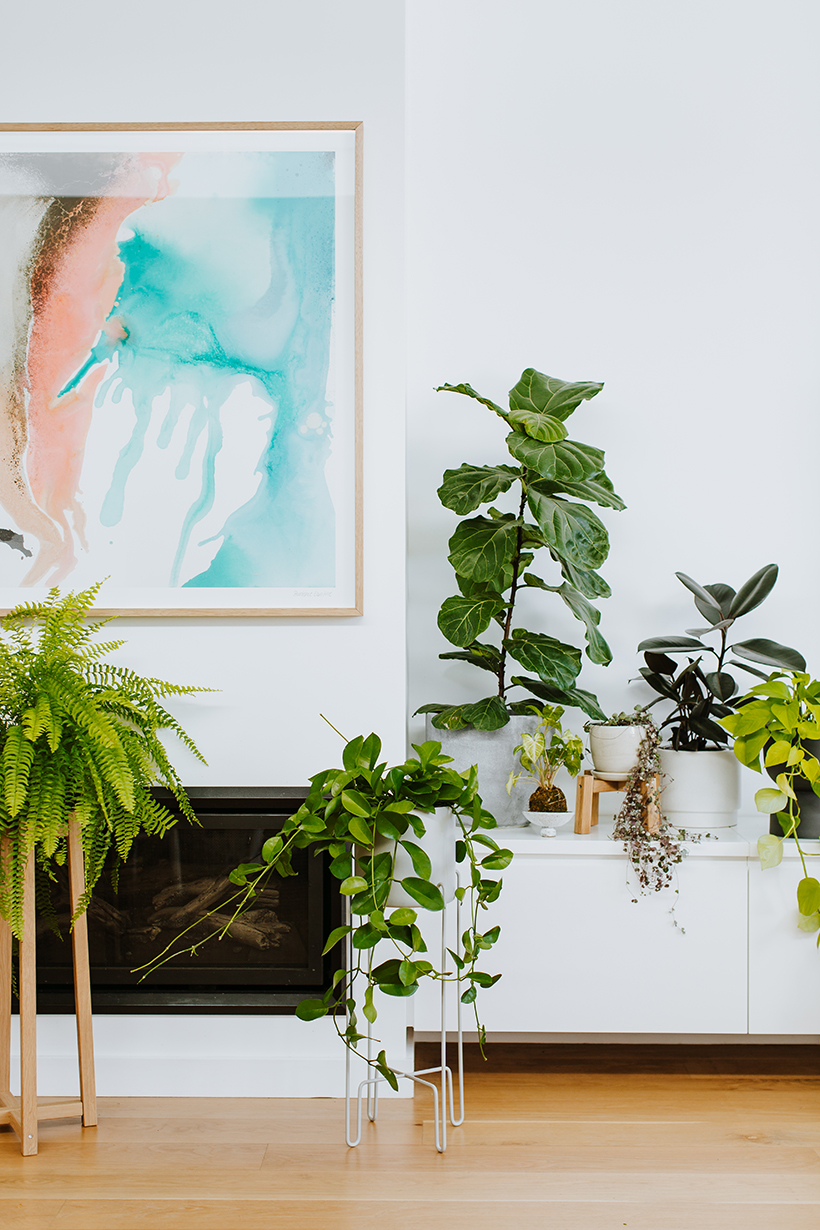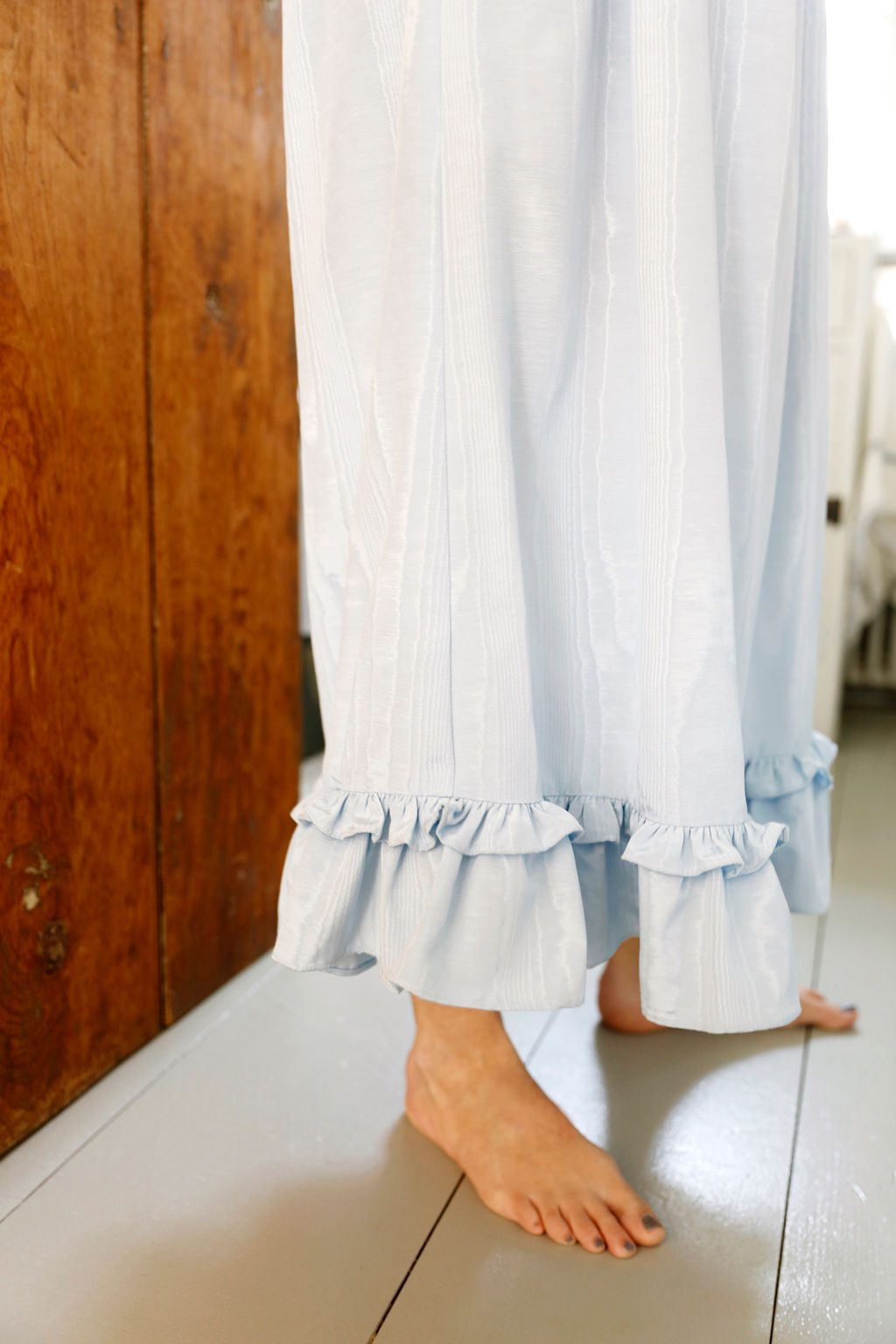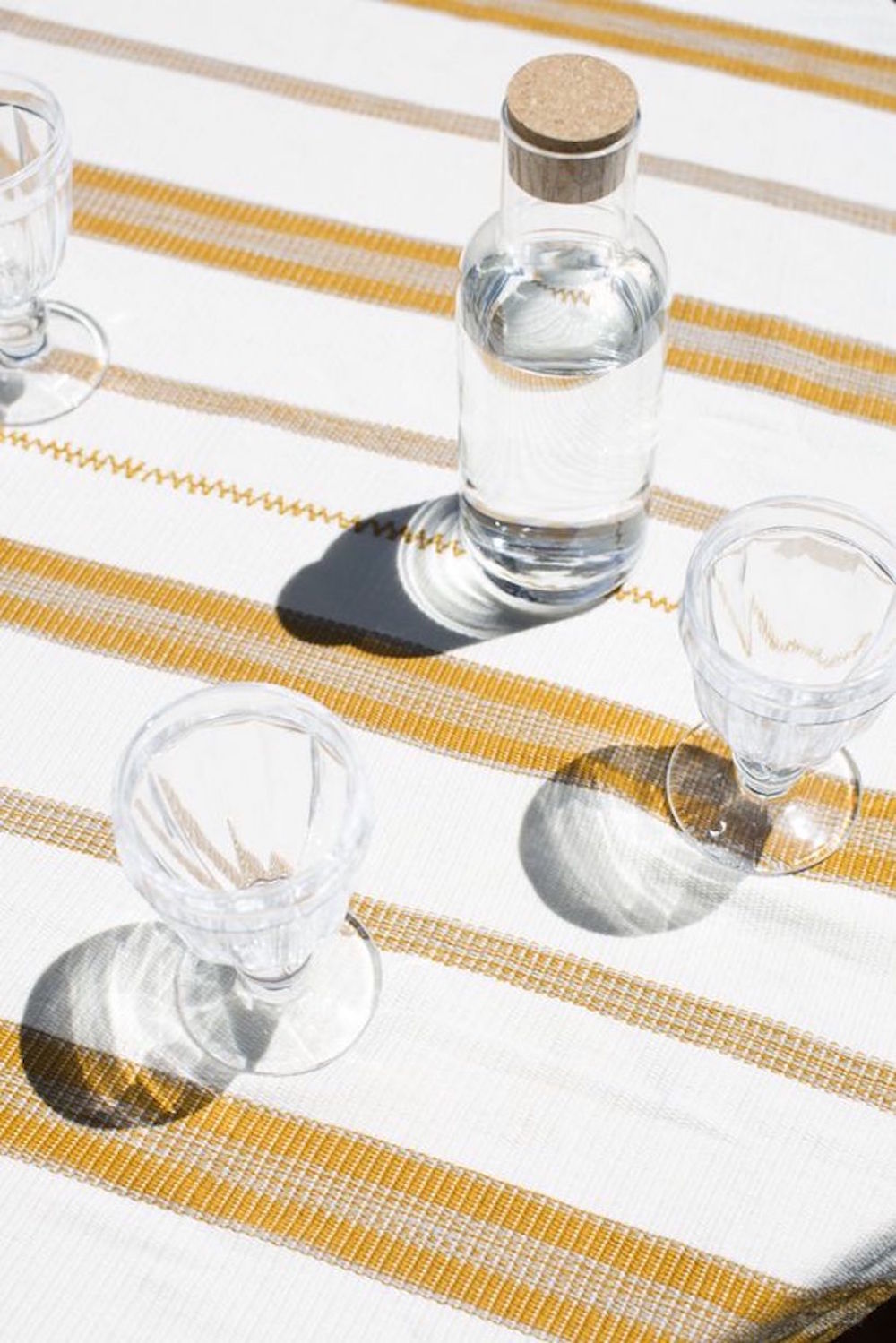It’s more true now than ever: we’re spending a lot of time inside our homes. And the potential for toxins in our environment is real, even when we’re at home. With many of us experiencing extra time on our hands, closets are getting cleaned out and dust is being swept out of corners (this may just be the most thorough spring cleaning I’ve ever done).
But don’t stop there! Paying attention to the toxins in our living environment is important to not only our long term health, but also to how good we feel in the moment.
There are so many health reasons to reduce the toxic load in your environment and it doesn’t have to be overwhelming or complicated to do so. If you’re wanting to make some changes but aren’t sure where to start, scroll on for 8 simple and effective ways you can clean up the toxins in your home.
1. Add More Plants
Did you know that indoor plants can help to purify your indoor air? They absorb harmful toxins from the air produced by synthetic building materials, furnishings, carpet, household cleaners (which makes up around 90% of air pollution) as well as the carbon dioxide, carbon monoxide, and nitrogen dioxide, that can be generated by a gas stove. On top of that, they’ve been shown to increase mood, productivity, enhance concentration and memory and reduce stress and fatigue! Check out this link for the best air-cleaning plants.
2. Ditch the Artificial Fragrances
I know I know. Conventional candles are soo hard to give up, but so worth it. Along with air fresheners, conventional candles are loaded with artificial fragrance, as well as a host of other toxic chemicals. The toxicity is then amplified by the heat generated while burning a candle. Looking for a way to freshen your air? Try out one of these alternative options for making your home smell amazing, or if you really can’t quit the candles, opt for one that uses a soy base, wood wick, and natural essential oils for scent.

3. Change out your AC filters and Consider Investing in an Air Purifier
Along with simple swaps like adding more plants to your home and removing toxic scented products, upgrading your air system, in general, makes a huge difference. As we talked about earlier, the air quality indoors can be surprisingly poor. Of course, outdoor air pollution is a problem, but did you know indoor air quality can be up to 10 times worse than outside? Make sure you’re regularly changing out your filters (I set a calendar appointment alert on my phone so I don’t forget!) and consider adding an air purifier. And the easiest way to refresh the air in your home of all: throw open those windows!
4. No Shoes Rule
An easy way to reduce the toxic load of our homes is to implement a no-shoes-in-the-house policy. Studies have shown that our shoes can carry over 421,000 units of bacteria including coliform and E. coli, lawn herbicides, and coal tar which are then tracked into our home. While doing it as a family rule will definitely make a difference, since you’re the ones coming in and out the most, guests are usually happy to oblige and you can make it easy by putting down a pretty rug or basket in your entryway.

5. Trade Out Toxic Cleaning Products
If you look at the back of most conventional cleaner bottles, there’s usually a list of warnings about the toxicity of the product. We then proceed to use it on floors and countertops that we walk on, and countertops we prep food on and set dishes on—yikes. Not to mention the fumes/fragrances that these products usually leak into the air. Branch Basics is my personal fave (here’s a great conversation about household toxins with one of the co-founders), but there are so many great options out there. In the meantime, here are a few home-brew suggestions you can whip up with things you might already have.
- Vinegar instead of bleach, useful in removing grease and soap buildup
- Baking soda to scrub your tiles
- Hydrogen peroxide to remove stains
- Diluted vinegar for window cleaner
- Borax to boost cleaning power of detergents and remove stains.
6. Upgrade Your Water Quality
Even if you live in a place where drinking water is considered good, it can still contain amounts of chemicals that may be toxic. The Environmental Working Group (EWG) found nearly 50,000 American public water systems contaminated with hundreds of harmful chemicals. And although your local water company does filter tap water to some extent, it still comes through with contaminants such as heavy metals, chlorine, pesticides, and on top of all that, added fluoride (which turns out, isn’t great for your overall health). Try out a simple pitcher type water filter, a countertop system like a Berkey or an in home filtration system (this one is great and removes chlorine, chloramines, fluoride, heavy metals, VOCs, lead, THM, HAA, VOC’s and hydrogen sulfide).
7. Clean Out the Fridge
All this extra time at home = extra time to cook and eat. It’s a great time to pass on conventionally raised veggies, fruits, and meats in favor of cleaner versions. Choose locally grown produce as much as possible. Besides supporting your small farmers, local produce is often fresher and boasts higher levels of phytonutrients. With choosing organic, you’re not just avoiding toxins and pesticides, some studies suggest that organic fruits and vegetables also contain higher levels of many nutrients and antioxidants than conventional produce. Eating organic and local doesn’t have to be crazy pricey. Cut costs of organic foods with these tips:
- Buy in season
- Look for cheaper deals at local farmers markets
- If not buying organic, follow EWG’s Clean Fifteen list
- Buy frozen fruits and veggies at a fraction of the cost of fresh.
Don’t forget to always wash produce before eating to help rinse away any dirt, pesticides, or other pollutants before you eat it.
8. Toss the Teflon
If you’ve got pots and pans with Teflon coating, or other nonstick cookware, it might be time to toss. Perfluorinated (PFCs) chemicals are used to make these nonstick coatings. Those chemicals can accumulate in the body and are a human carcinogen that has been linked to cancer and a host of other health issues. While you’re at it, go ahead and avoid aluminum pans, too. In the meantime, you can switch to other cookware now: stainless steel, cast iron, ceramic, or porcelain-coated pans.












